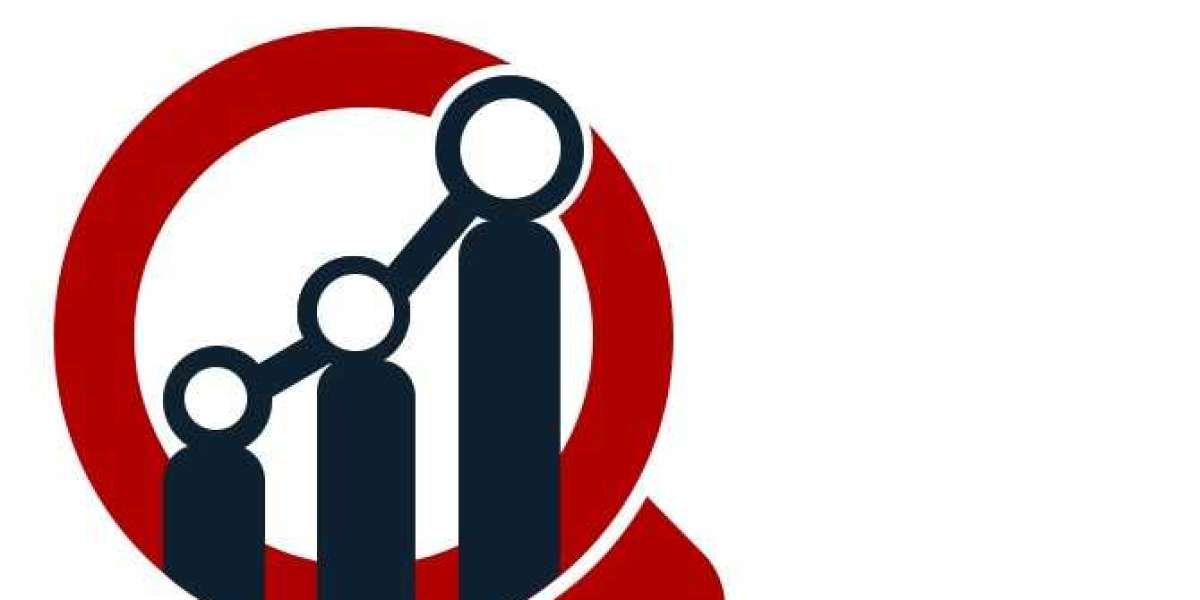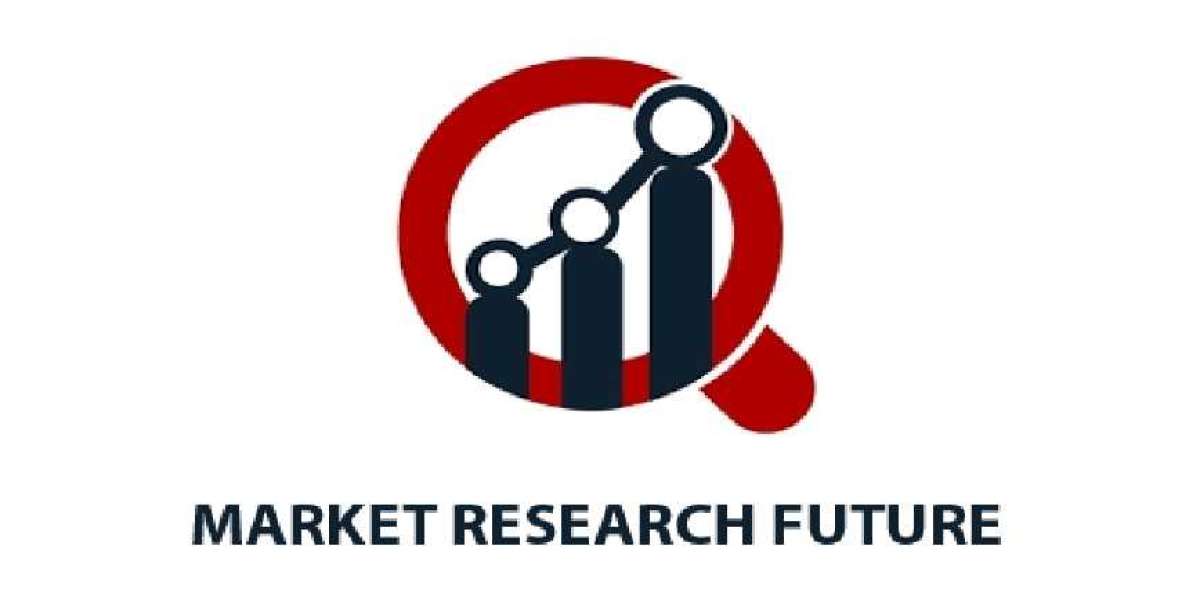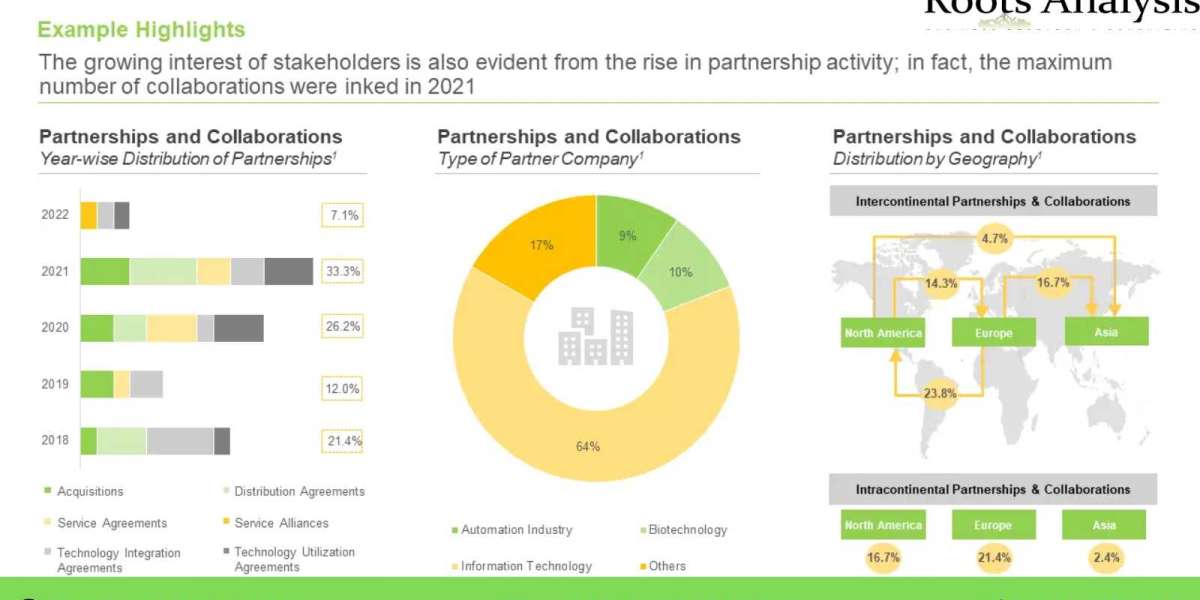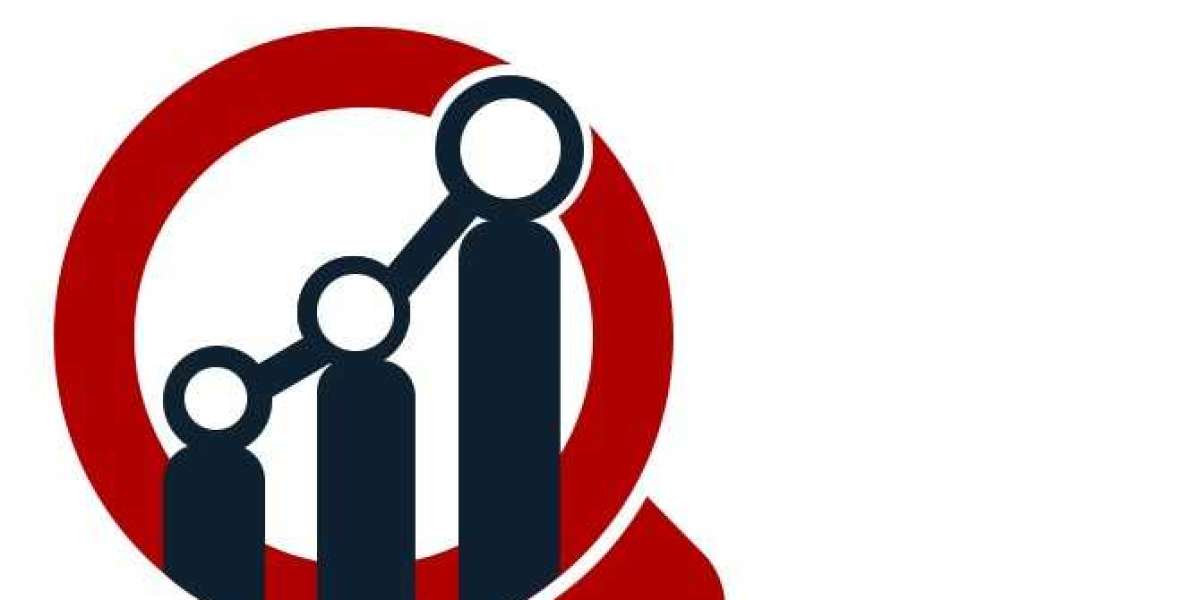Wearable Payment Device Industry Highlights
The growth of the Wearable Payment Device Industry is primarily driven by growth in the adoption of wearable devices and contactless cards due to the COVID-19 pandemic crisis, increasing demand for secure contactless payment, and the growing adoption of NFC technology. In the early stages of the pandemic, there was wide reportage about the virus surviving on surfaces for up to a few hours, which led to panic and paranoia about touching unknown surfaces in public places among people.
Most countries and economies sanctioned lockdowns ranging between a few weeks to a few months and introduced social distancing in public places to limit the spread of the COVID-19 virus. During these times,wearable payment devices and contactless payment methods witnessed increasing adoption due to the safe and secure payment environment offered to the customers andavoiding any contact with any other person or surface.
Get a FREE Sample PDF@ https://www.marketresearchfuture.com/sample_request/10623
Wearable Payment Device Industry Key Players
The prominent players in the Wearable Payment Device Industry are Microsoft Corporation (US), Huawei Technologies (China), Sony Corporation (Japan), Thales SA (France), Westpac (Australia), Intelligent Venue Solutions (UK), Caixa Bank (Spain), IntelliX Software (US), Nymi Inc. (Canada), McLEAR Ltd. (UK), Jakcom Technology CO. (China), Token Inc. (UK), Infineon Technologies AG (Germany), and Printplast (Turkey).
Buy Now report with Industry Analysis@ https://www.marketresearchfuture.com/checkout?currency=one_user-USDreport_id=10623
Wearable Payment Device Market Segment Overview
By device type, the wearable payment device market has been segmented into smartwatches and fitness trackers. Among these, smartwatches dominated the market in 2020 and are expected to continue dominance throughout the forecast period. The smartwatches developed nowadays are equipped with touchscreens and various application interfaces that allow the user to make the payment via NFC or Wi-Fi, thus eliminating the need for using the smartphone or debit/credit cards at the time of payment. Smartwatches are also enabled to make payment via entering a PIN or passcode, which is linked to their smartphones. By technology, the wearable payment device market has been segmented into RFID and NFC. Among these, RFID dominated the market in 2020. However, NFC is expected to take over the market by the end of 2023.
By application, the wearable payment device market has been segmented into retail stores, restaurants, utility outlets, and entertainment centers. The major applications of wearable payment devices have been retail stores and restaurants. However, the entertainment centers segment is expected to show the highest CAGR during the forecast period.
By region, the wearable digital payment device market has been segmented into North America, Europe, Asia-Pacific, and the rest of the world.
Enquire for Discount@ https://www.marketresearchfuture.com/check-discount/10623
Wearable Payment Device Industry Regional Analysis
The wearable payment device market has been segmented, by region, into North America, Europe, Asia-Pacific, and the rest of the world.
North America, followed by Asia-Pacific, is expected to be the largest market in the forecast period owing to the high concentration of market players and the abundant availability of competent technical expertise. Furthermore, the increasing demand for sustainable printing and the rising consumer interest in wearable payment devices in the region further drive the growth of the wearable payment device market. Additionally, the market in Europeis projected to register a significant CAGR during the forecast period.








